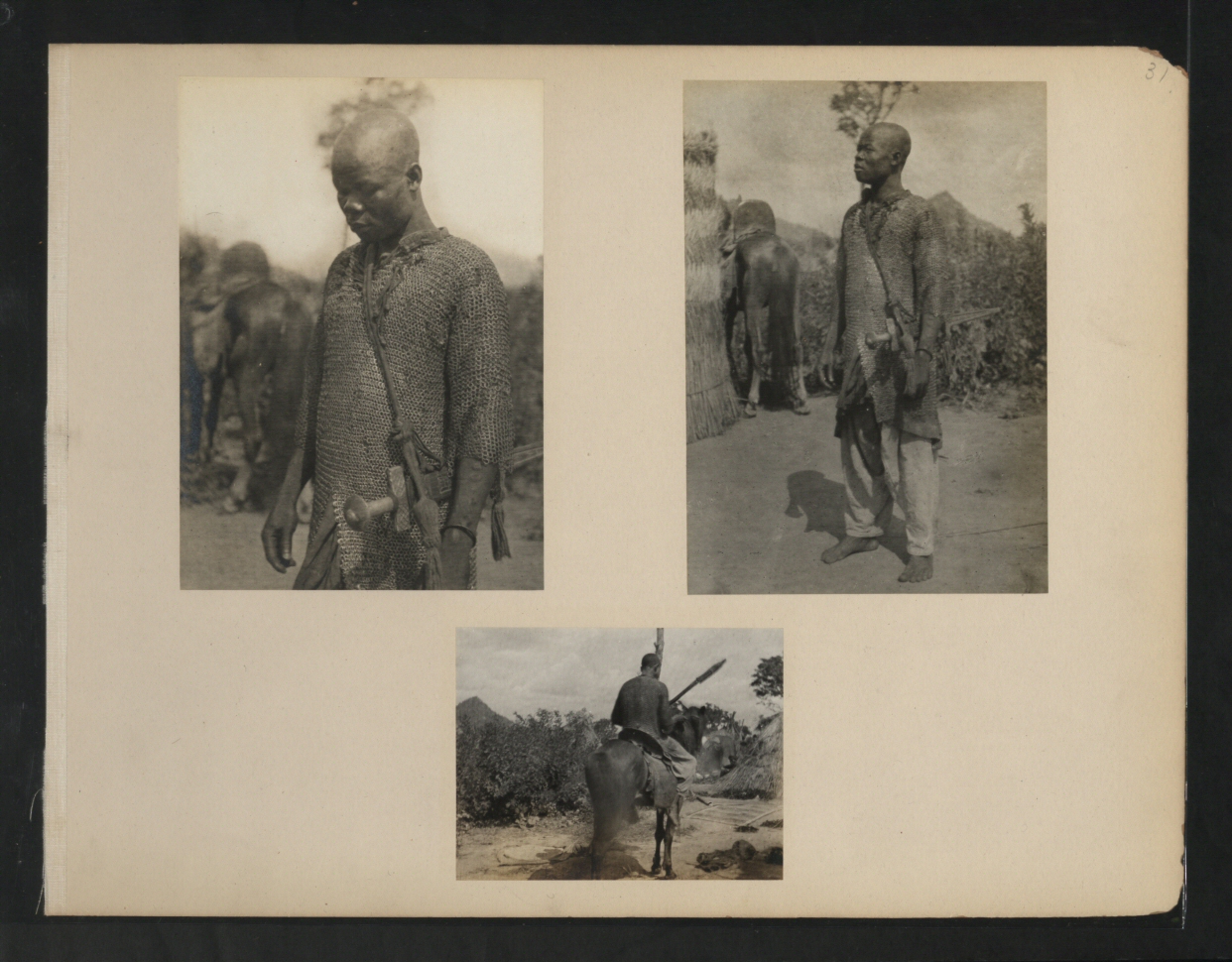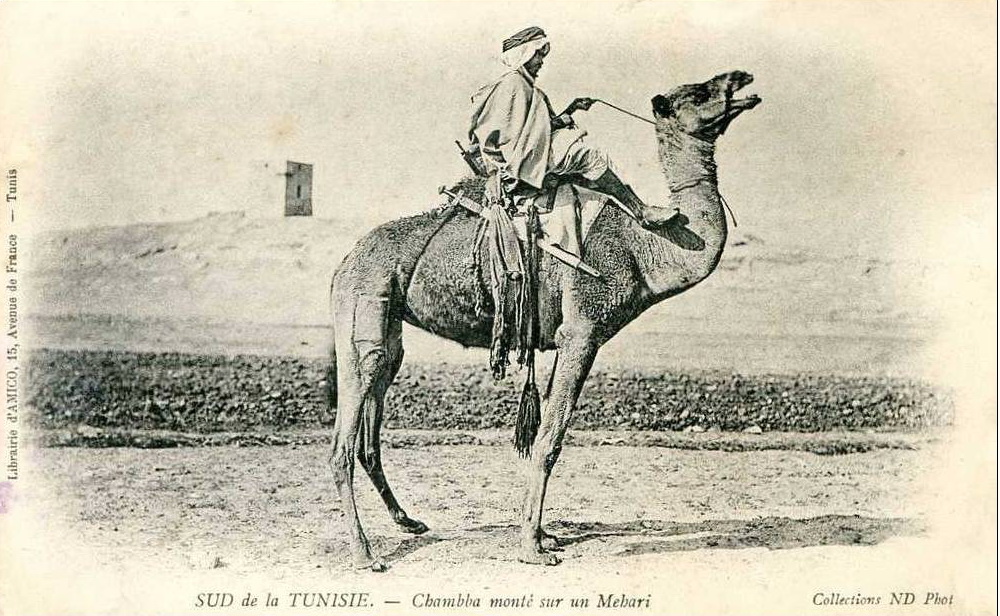
Classification and tribal attribution - How much is to much?
October 8, 2023 African Arms
There are two oddly opposed themes with Sahel broadswords. Either incredibly vague generalizations or attempts to be so excruciatingly precise that the true range of particular forms is entirely lost. The first approach is typically to be found among auction houses, dealers, museums and some collectors with relatively over arching interests.

In the UK almost every straight bladed sword, be it a kaskara or a takouba is labelled as Sudanese and quite often attributed to the Madhist wars. The Sudanese label is not as imprecise as it might sound, Anglo/Egyptian Sudan covered much of the modern territory known by that name, while French Sudan was the former name for the modern state of Mali. The Sudan in the 19th century was simply a well used term covering much of the Sahel.

Within takouba themselves there is often a tendency to generalize all swords as being Tuareg. This is quite simply a result of the Tuareg being the most visible, romantic and written about group which uses the form. Plenty of sources in fact illustrate and describe takouba among the Hausa, Fulani and Nupe, but none of these groups achieved the appeal of the 'blue men of the desert' and modern recognition of the form became somewhat exclusively Tuareg.

On the other side, many collectors strive to find neat, tribal attributions for swords. This perhaps stems from the work of ethnographers in areas like the Belgian Congo, where distinct tribal sword forms existed. Allowing for easy classification.

In the case of more fluid cultures in the Sahel, this not something that is easily accomplished or necessarily true. The problem with this approach is that a piece known to be collected from one culture, may not be indicative that most let alone all of it's features are due to the influence of that particular culture. Arms were widely traded in these areas. At the most leather work can be indicative of cultural use, however even this is not conclusive, as certain areas were known for their leather work which was widely exported.
How do you attribute a sword? Based on the leather work, the maker of the hilt, the maker of the blade? All of the above or none of the above?
The problem that arises from some of these attributions is that it forms a basis to attribute similar swords to a particular tribe of group even though that simply may not be true. This is something I am acutely aware of, having seen some of my own speculation on attribution later reported and used as examples on various online discussions.
It's certainly important to know as much as possible about each sword example available, including the tribe, group, or area it was collected from. But that has to be balanced with the realities of Sahel culture, the intermingling of tribal groups, the commerce of weaponry, the multicultural cities that existed and the force of Islam in spreading cultural patterns. In my view, such identifications are more valuable in showing the range of these cruciform hilt swords than in pigeonholing specific variants. Regional characteristics do seem to exist, but these are not necessarily found along ethnic lines. This is not meant to discourage attempts to attribute pieces, but simply a warning that it is often not a simple process.